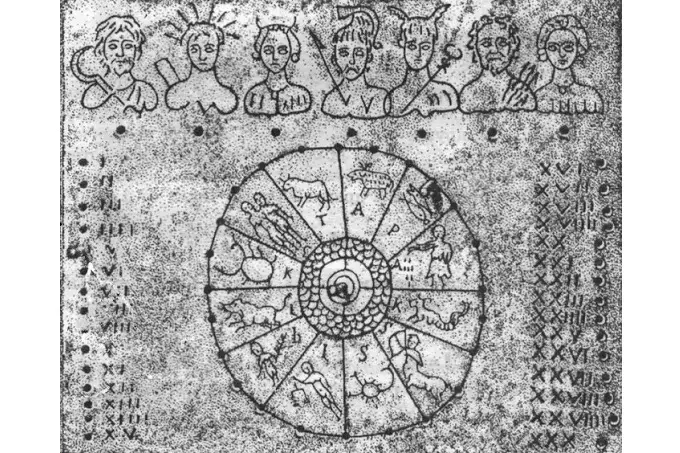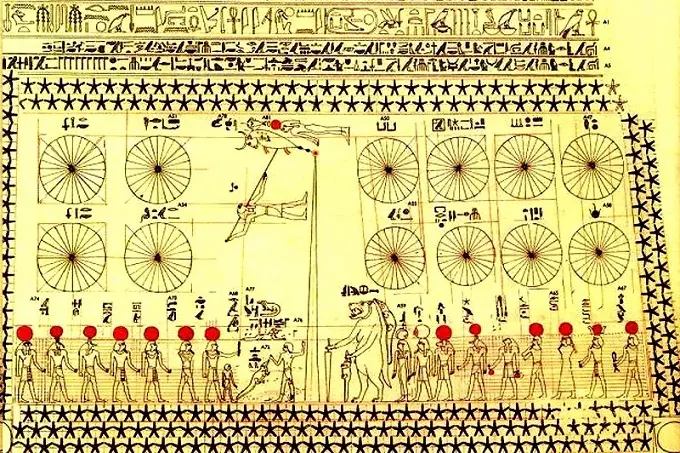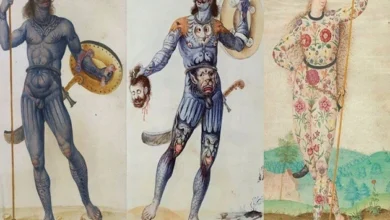How time was calculated in ancient Egypt and Rome

Calculation of time began with the emergence of writing. There was a constant observation of natural phenomena, the stars, in particular the Moon and the Sun. The analysis of the movement
Moon, in its phases, allowed to establish the initial period for further calculation of time – the earthly day. They were put together in a full cycle; on average, thirty days came out. After twelve cycles, the first one was repeated. So there was a year. Lunar calendars have served many peoples for a long time, although they have some errors.
How to count years, centuries, epochs
How to fix these days in a permanent and stable list, with a beginning and ending? For thousands of years, people in different places on the planet have been looking for an answer to this question. But they did not come to a consensus. The days were folded into months, creating a calendar of the year, but different peoples have their own, different from others. All the same, it was the beginning of some sort of ordering of monthly and annual cycles.

We celebrate the New Year, that is, its first day, January 1, someone – at the beginning of March, others — have shifted their year even further. The latter term refers to the account of long periods of human existence. In some ancient civilizations, there was a kind of dualism: along with specific years, there was a calculation by the name of the ruler, for example, in Ancient Egypt — “the year of Akhenaten so-and-so”, in Ancient Rome – “the first year of Varon”.
Much later, historiographers moved from calculating just years to their larger sums, that is, to the periodization of the life of all mankind: centuries (centuries), epochs, events “BC” and “our era”. Internal time periodization was created in the countries. In ancient Egypt, history is divided into eleven periods of existence: from prehistoric to Hellenistic (Ptolemaic, with the capture of Alexander the Great’s army and the dominance of Greek rulers) – from the 1st century BC to the 1st century AD.
In ancient Rome, history was somewhat simpler, there were only three cycles in it: the royal (the disappearance of primitiveness and the appearance of slavery), belonging to the Republicans, and the monarchy. In years, it looks like this: 753 BC and 476 AD.
Ancient Rome: from Gaius Julius to Gregory
If the Maya tribes had their own calendar, what can we say about the Roman-educated civilization? How could they plan the seizure of all new territories around the Mediterranean Sea without a specific date for the legions to leave by land and ships by water?!
Calendar in Ancient Rome
They have compiled their calendar based on cyclicity: the seasons of nature, the length of the light part of the day. Although they presumably chose the year of the beginning of the calculation (there was a difference of three years in different interpretations), this referred to the foundation of Rome: April 21, 753 BC. Stargazers have established that while the founders of the capital of the future Roman Empire were born, a solar eclipse occurred.
In parallel, there were other ways of calculating the years, for example, by the names of the appointed consuls. These were the chief rulers of Rome. They were appointed in pairs to ensure collegiality in the highest echelon of power. For example, Gaius Julius Caesar Octavian Augustus (for the 7th time) is the first consul, with him, Marcus Vipsanius Agrippa Augustus the second consul.
They were appointed for only a year, and the years were counted according to them. A child was born to someone, he was recorded in the seventh year of Caesar’s reign. Gaius Julius became the steward more than others – thirteen times. Not to be confused with almost “namesakes”: Gaius Julius Caesar Vipsanian – the grandson of Gaius Julius and Gaius Caesar Augustus Germanicus (better known by the nickname Caligula). They were also the first consuls.
Julian and Gregorian calendars
Collegiality did not help to avoid concentration in the hands of the highest power. This Octavian simply usurped it, pushing aside the democratic body – the Senate, which was the first emperor of Ancient Rome. But he became the author of a more successful Julian calendar than before.

He added to the ten months (three hundred and four days) of the previous division into years, the current January and February (28 days). There was a leap year – every four. The Roman “new year” previously began in March. And March has moved to its third place among all the current months. But the beginning of the year began to count from January 1.
The Julian Calendar
The time of the Earth’s rotation around the Sun was also taken into account. It was just a unique achievement of ancient times. The names of prominent people of Rome were added to the calendar – the summer months were called July and August.
In a day, the hours were not a constant but a variable. There were eight days in the Roman week, they were called not by words, as now in the modern Islamic calendar, but by the first letters of the Latin alphabet. Rome switched to the seven-day period in the first century BC, “writing off” it from the calendar of the countries of the Middle East. There, the week is graded with numbers, except Saturday, it was called rest time. The Julian calendar has been used by European countries for thirteen centuries!
Towards the end of the 16th century, the Julian calendar replaced the Gregorian calendar. By the name of the Pope. October 4 was immediately replaced by the fifteenth of the same month. This difference has been growing since the beginning of the Gregorian calendar. Three more days will “run” from the 1900s to the 2100s.
A year according to it is equal to three hundred and sixty-five days with some ten-thousandths of a day. A large number of leap years and simple ones were introduced, and the new year could start on any day of the week.
Calendar of Ancient Egypt
The system of chronology in ancient Egypt and in Ancient Rome had both similarities and differences. The ancient civilization of the inhabitants of the north-east of the African continent was limited geographically – near the Nile River. It was he who brought to life the lunar calendar, according to which the floods of this stormy river that flowed through the whole of Africa and its ten countries were determined.
But in addition to agricultural work in the Nile valleys, the calendar was necessary to establish the feast days of various mythical deities. The lunar division did not provide for them. They also came up with a civil calendar. It is unclear why it had 309 months for a quarter of a century and how it functioned. Neither the lunar nor the civil calendar existed for a long time.
Ancient Egyptian calendar

The Egyptian servants of the polytheistic religion of that period – the priests – were the first to understand the need to switch the calendar to a solar “mode”. It is based on the solar year. At the same time, the influence of the Moon was discarded. According to the solar list, the priests learned to predict the appearance of a particular star. Based on the analysis, they were able to predict natural phenomena by the positions of the stars in the firmament.
As in the lunar calendar, the new one paid attention to the flooding of the territory from July – to November. After that, it is necessary to sow the harvest and, after a while, to clean up in time to catch the most sultry winds from the Sahara desert. If you miss it, there will be hunger.
Therefore, the solar calendar had to give an accurate forecast for the year, taking into account a number of factors. Two of them were in favor of the solar calendar: the summer solstice was a signal for flooding, as well as the appearance of a special star every seventy days. So that Akhet and peret (in Egyptian, the exit of the Nile from the riverbed and return to it) know thoroughly.
From the point of view of astronomy, this calendar was not accurate either since it consisted of fewer days. They were then brought almost to the standard – 360 days and five “dangling” days were not attached to any month, the Egyptians simply celebrated them. The beginning of the year was considered with the arrival of a new pharaoh. There have been attempts to reform the existing calendar. But the Sun won!




